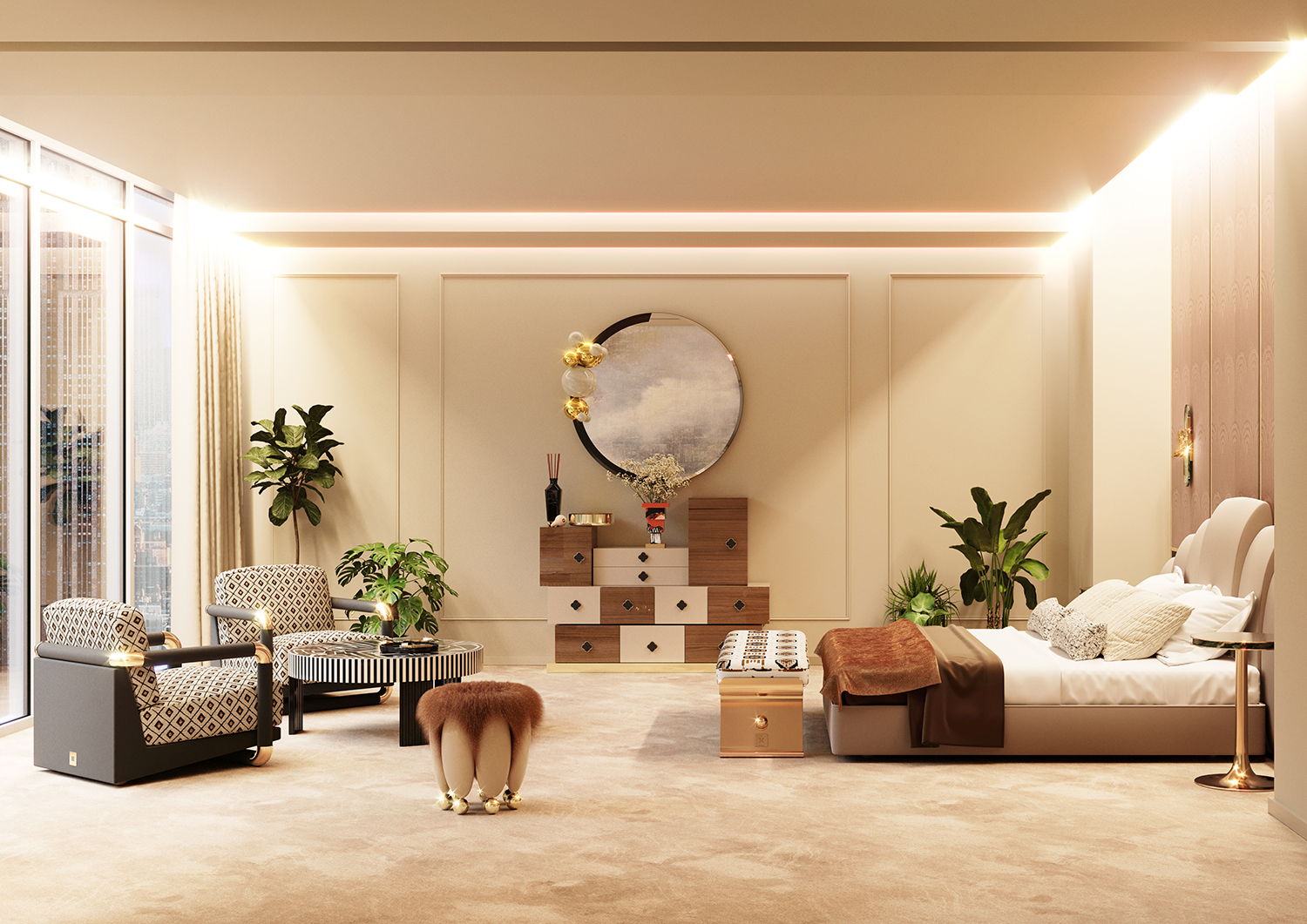Transform Your Home With Crucial Concepts of Inside Layout and Visual Appeals
The art of changing your home with the crucial principles of interior design and looks calls for a thoughtful approach that balances shade, equilibrium, and spatial awareness. By recognizing the impact of shade theory and the importance of texture and patterns, one can develop areas that are not only visually appealing however likewise deeply personal. Attaining this equilibrium includes more than plain decor; it incorporates a tactical plan and a keen understanding of how each aspect engages within an area. As we explore these foundational ideas, consider how they may redefine your understanding of home and personal expression.
Understanding Shade Theory
Recognizing the principles of shade theory permits designers to produce spaces that resonate mentally with owners while fulfilling practical needs. Each group plays a crucial duty in establishing consistency within a room.
The mental influence of shades is profound; warm hues such as reds and oranges evoke power and heat, while cool tones like blues and environment-friendlies promote calmness and serenity. In addition, making use of corresponding colors improves aesthetic interest, creating striking contrasts that can elevate a space's appeal.
Neutral colors, on the various other hand, work as a flexible background, allowing various other layout components to radiate. It is crucial to consider variables such as illumination and the space's function when selecting a color scheme, as these can alter the understanding of shades throughout the day.
Inevitably, a well-considered color scheme can change a space, cultivating a feeling of comfort and design that lines up with the occupants' choices. Mastery of shade theory is, consequently, an important skill for any type of interior designer aiming to develop unified and welcoming environments.
Accomplishing Balance in Layout
Exactly how can designers achieve a feeling of equilibrium in their rooms? Achieving equilibrium in layout is basic to creating unified interiors.
Unbalanced equilibrium, on the other hand, counts on differing components that still attain a cohesive appearance. This technique permits more dynamic and casual arrangements, providing passion while preserving stability. By very carefully selecting differing sizes, shades, and structures, designers can produce an aesthetically compelling area that really feels balanced yet energised.
Radial equilibrium emphasizes a main centerpiece with aspects emitting exterior. This style is generally seen in circular designs, where furnishings and decor produce a cohesive surround that attracts the eye internal.
Ultimately, accomplishing equilibrium needs thoughtful consideration of range, percentage, and the relationships between elements. luxury interior design. By masterfully using these balance principles, designers can transform areas right into atmospheres that feel both aesthetically pleasing and functionally unified, improving the total experience for occupants
Value of Spatial Recognition

An eager feeling of spatial awareness enables developers to determine focal factors within an area, directing the customer's attention to essential functions while keeping an overall feeling of unity. It additionally assists in the calculated positioning of illumination, which can substantially influence the perception of area and mood. Additionally, comprehending spatial connections enables the developer to provide to the details requirements of inhabitants, ensuring that each area offers its designated objective without compromising aesthetic appeals.
Eventually, spatial understanding is essential for making best use of the possibility of any kind of indoor room. By meticulously considering the interplay between dimensions, layout, and function, developers can develop environments that not only meet functional needs however additionally stimulate a feeling of convenience and beauty, boosting the general living experience.
Including Structure and Patterns
Accepting a diverse range of appearances and patterns can considerably enhance the visual and tactile allure of an indoor area. The calculated use of numerous materials-- such as wood, steel, material, and rock-- creates depth and interest, making a room really feel much more inviting and dynamic. Combining smooth surface areas with rough appearances can establish an equilibrium that attracts the eye and engages the senses.
When including helpful site patterns, take into consideration both scale and repetition. Huge patterns can function as prime focus, while smaller, subtle layouts can complement various other components without overwhelming the space. Layering patterns, such as pairing floral pillows with candy striped throws, includes intricacy and a sense of consistency if performed thoughtfully.
It is also critical to keep a natural shade combination, ensuring that appearances and patterns function together as opposed to contend for focus. By picking a few crucial structures and patterns, you can develop an unified aesthetic that shows your individual design while enhancing the overall ambiance of the space. Eventually, the cautious consolidation of these elements can change an ordinary area right into an innovative setting abundant with character and heat.
Customizing Your Space
Producing an area that mirrors your character is vital to accomplishing a genuinely inviting setting. Personalization in interior decoration enables you to instill your one-of-a-kind style and rate of interests into your home, changing it from a simple sanctuary right into a shelter that talks with that you are. Begin by choosing a shade palette that reverberates with your emotions-- vibrant hues can invigorate, while soft tones offer peace.
Incorporate artwork and decoration that reflect your interests, whether it be traveling, nature, or abstract ideas. Presenting personal collections, such as publications, pictures, or keepsakes, can stimulate treasured memories and create centerpieces within an area. Additionally, take into consideration personalizing practical items, like upholstered furniture, to align with your visual choices.

Verdict
In final thought, the change of a home through the essential concepts of interior decoration and aesthetics requires a thorough understanding of shade concept, click here for info balance, spatial recognition, texture, and personalization. Each component contributes considerably to developing an unified and useful living environment - miami interior design. By attentively integrating these principles, people can improve the visual charm and emotional vibration of their areas, ultimately cultivating a home that mirrors one-of-a-kind identifications while supplying convenience and functionality